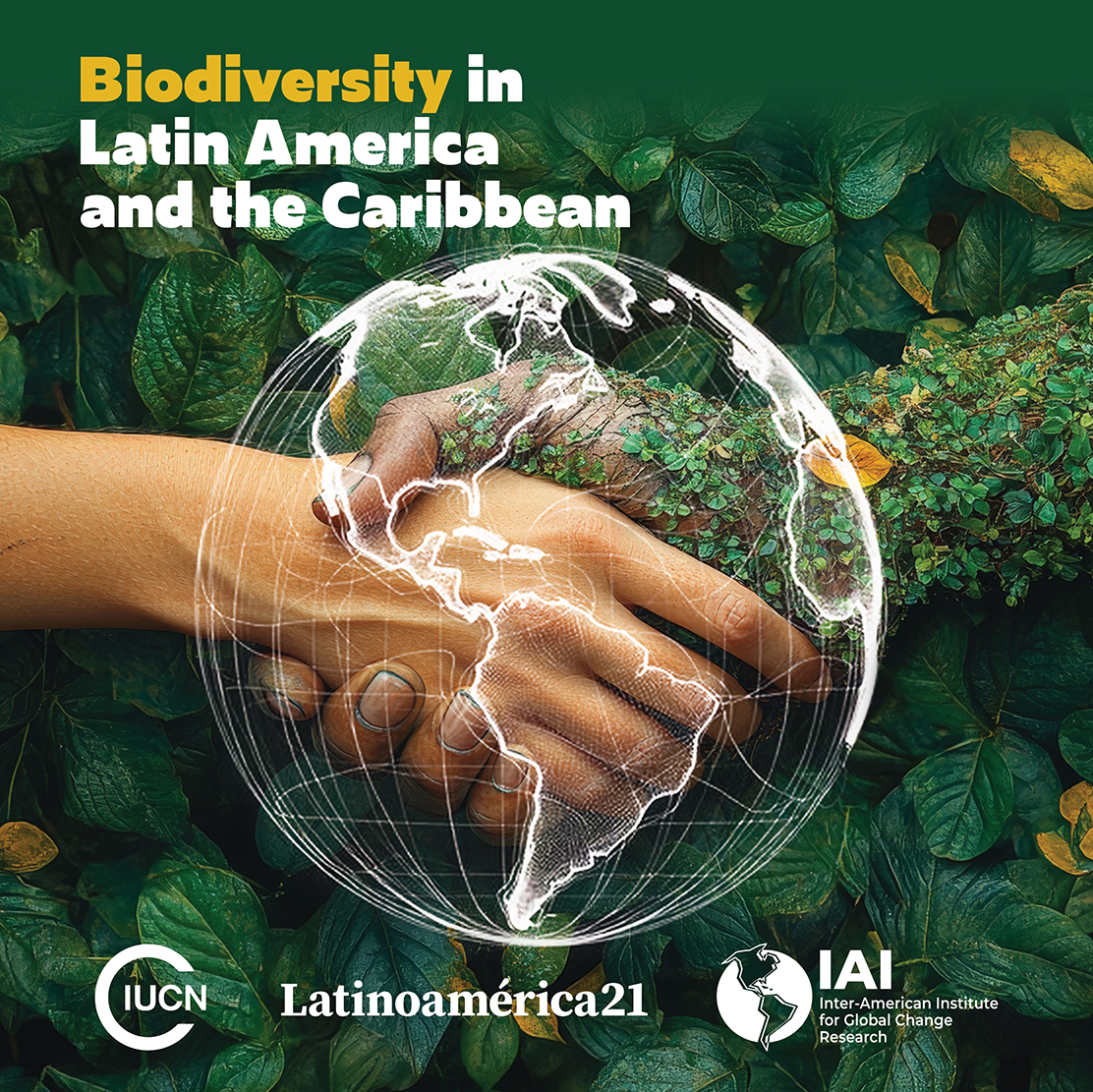The United States is home to the world’s largest market for illicit drugs. While consumption has grown significantly in regions like Western Europe, South America, and Oceania, no other market compares in size or prevalence. According to recent estimates, Americans spend roughly $150 billion a year on illicit substances.
Though most users don’t develop problematic behavior, the U.S. has faced at least four major drug epidemics in recent decades: heroin in the late 1960s, powdered cocaine in the mid-1970s, crack in the 1980s and methamphetamines in the 1990s and early 2000s. But the deadliest challenge yet has emerged in recent years: fentanyl.
The fentanyl crisis: an unprecedented epidemic
The first fentanyl overdoses were recorded after the FDA approved the opioid as an intravenous painkiller in 1972. While misuse and illegal consumption continued to claim lives over the decades, the number of lethal overdoses grew exponentially only in recent years. In 2022, the U.S. registered 111,029 cases. Nearly 70% of those deaths were linked to synthetic opioids—mainly fentanyl. According to the Centers for Disease Control and Prevention, over 150 people die every day from synthetic opioid overdoses.
Although the epidemic has shown early signs of stabilization for the first time since it began—marked by a 3% drop in overdose deaths from the previous year—an alarming 74,702 people still died from synthetic opioids in 2023. Official data indicates that the vast majority of these cases were directly tied to illicit fentanyl use.
Evidence shows that Mexican cartels not only traffic pure fentanyl from countries like China and India into the U.S., but are also heavily involved in the synthetic opioid’s illicit production. While the Mexican government has avoided acknowledging the scale of domestic manufacturing—and in some cases, publicly denied it—the central role of the Sinaloa and Jalisco New Generation cartels is undeniable, especially after China imposed tighter controls on the substance in 2019.
In 2023 alone, U.S. Customs and Border Protection seized nearly 12,200 kilograms of fentanyl—94% of which came through border crossings in San Diego, California and Tucson, Arizona. These critical points link to Mexico’s Baja California and Sonora states, two major drug corridors controlled by the Sinaloa and Jalisco New Generation cartels.
Trump, fentanyl, and Latin America
Illegal drugs—especially fentanyl—played a major role in the 2024 presidential race. The election brought renewed focus to the public health crisis and its devastating toll. Amid lukewarm Democratic opposition, Donald Trump doubled down on his punitive vision to combat drug supply, echoing slogans like “annihilate the drug traffickers.”
On his first day in office, Trump officially designated drug cartels as terrorist organizations—a move left unfinished during his previous term. His focus on supply was evident not only in budget cuts, staff reductions and restructurings of key mental health and substance abuse programs in the U.S., but also in his White House Drug Policy Priorities document released in April. It outlined two core objectives: (1) reduce global trafficking of illicit drugs and (2) limit their availability on U.S. soil.
In this context, Trump’s longstanding disinterest in Latin America may take a strategic turn—though not necessarily for positive reasons. The weight of irregular migration and drug trafficking on his domestic agenda, combined with the imperative to contain China’s global rise, could push the region back onto Washington’s radar.
Unlike previous eras, the new “war on drugs” has yielded no economic benefits for Latin America. Trump’s approach hasn’t included major aid packages like Plan Colombia or the Mérida Initiative, but has instead relied on coercion and diplomatic pressure. By externalizing the costs of drug enforcement, the U.S. has effectively shifted the burden to Latin American nations, even dismantling key agencies like the U.S. Agency for International Development (USAID), which once addressed structural drivers of organized crime and irregular migration.
Even as cocaine production hits record highs and related overdoses rise in the U.S., Trump has remained fixated on Mexico and fentanyl. He has pressured the government of Claudia Sheinbaum to step up efforts to curb irregular migration and crack down harder on fentanyl production and trafficking. To that end, Trump not only designated cartels as terrorist groups but also proposed deploying U.S. troops inside Mexican territory, even threatening trade tariffs if Sheinbaum failed to act.
The pressure seems to have yielded results. Although Sheinbaum firmly rejected any U.S. military intervention, she did take concrete steps to combat fentanyl: deploying 10,000 troops to the northern border and extraditing 29 criminal leaders, including Rafael Caro Quintero and Miguel and Omar Treviño Morales—former heads of the Guadalajara and Zetas cartels, respectively.
These achievements, however, may prove difficult to sustain. The singular focus on curbing drug supply—as Latin America’s historical experience shows—not only risks undermining temporary declines in U.S. overdoses by sidelining prevention and harm-reduction policies, but also threatens to unleash severe consequences across the region: the fragmentation of organized crime, shifting trafficking routes and rising violence. Moreover, a “stick-without-carrot” drug policy could further open the door for growing Chinese influence in Latin America.











